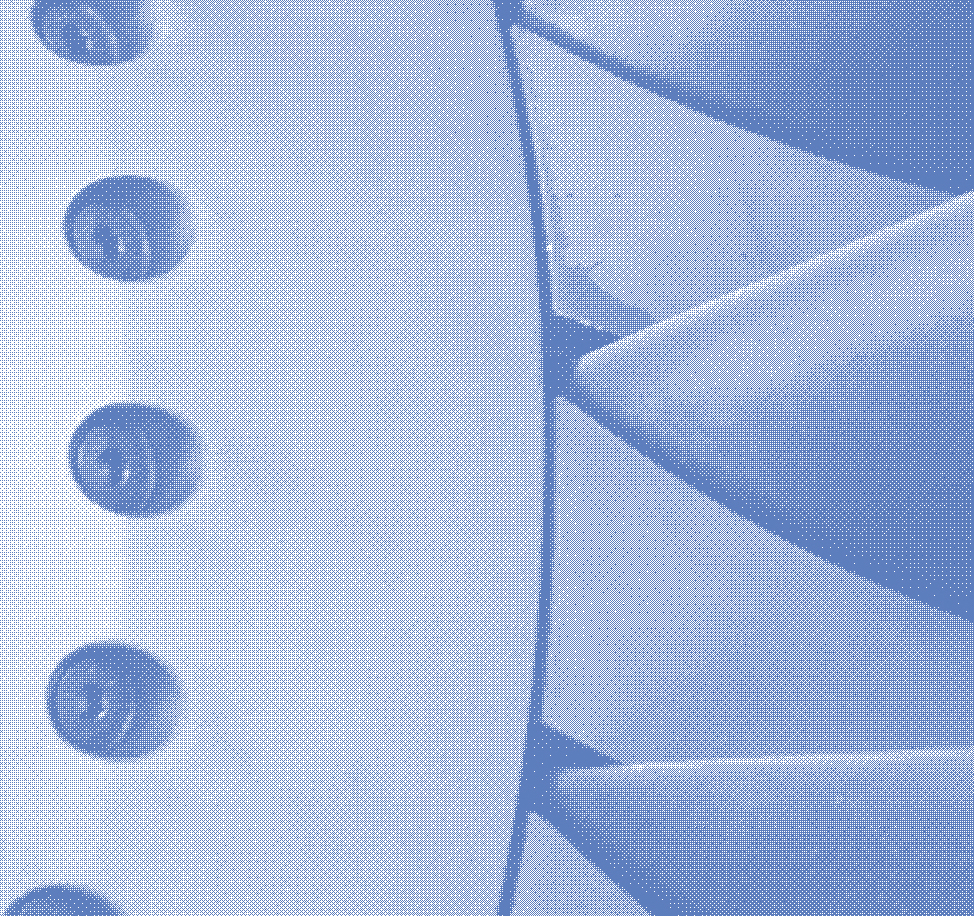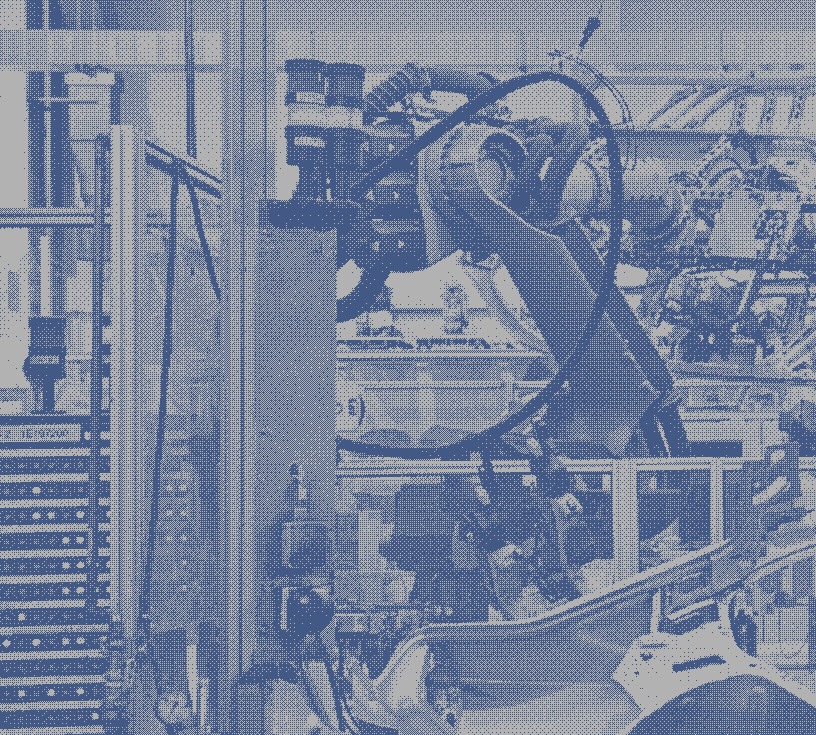



Research Projects
Data and Modelling
Development of microstructural simulation tools for fusion materials

The advancement of nuclear fusion is significantly limited by the available materials that can withstand the extreme environment produced during fusion, specifically the ability to withstand large heat fluxes and various stresses during operation, as well as the additional effects of incident radiation. For research to continue efficiently, a modelling approach is required in order to predict the evolution of these materials under constant intense conditions, with focus on developing models for micro-structural characteristics. In order to accelerate the development process, the UK Atomic Energy Authority (UKAEA) has undertaken a large-scale modelling research effort to predict the response of these materials in extreme environments.
This project will involve using full-field crystal plasticity and precipitation modelling to assess the dependence of plasticity on temperature and solute diffusion during the over-aging of Cu-Cr-Zr alloys while in service. Specifically, this will involve the use of Kampmann-Wagner numerical (KWN) modelling as well as the Düsseldorf Advanced Material Simulation Kit (DAMASK), in order to simulate the mechanical response, crystal plasticity and precipitation kinetics in Cu-Cr-Zr alloys. In doing so, a framework will be established in order to utilise the various modelling techniques, structures and implementation in further work.
